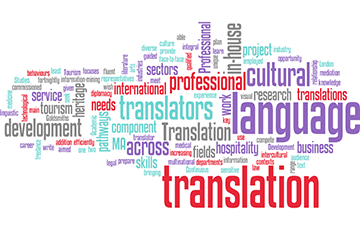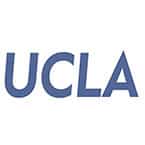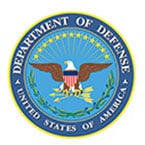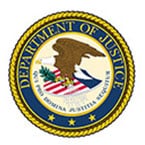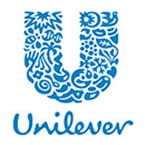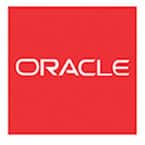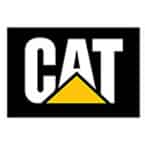Sikasso is a city in the south of Mali and the capital of the Sikasso Cercle and the Sikasso Region. It is Mali’s second-largest city with 225,753 residents in the 2009 census. Sikasso features a tropical wet and dry climate under the Köppen climate classification. The city receives just under 1,200 millimeters (47 in) of rain each year, most of which falls between May and September. August is both the wettest and the coolest month.
Historical, Cultural facts & Religion
Sikasso was founded at the beginning of the nineteenth century by Mansa Douala. The town was a small village until 1876 when Tieba Traoré, whose mother came from Sikasso, became King of the Kénédougou Empire and moved its capital there. Sikasso’s ethnic groups include the Senufo Bamana,(mainly the Supyire), the Bobo (or Bobo Fing, lit. ‘black Bobo’), and the Minianka (Mamara Senufo). Sikasso has abundant agriculture. Sikasso’s fruit and vegetable production guarantee the city’s self-sufficiency, sparing it from reliance on international food aid. Among the places of worship, they are predominantly Muslim mosques. There are also Christian churches and temples: Roman Catholic Diocese of Sikasso (Catholic Church), Église Chrétienne Évangélique du Mali (Christian and Missionary Alliance), Assemblies of God.
Brief City History
Sikasso was founded at the beginning of the nineteenth century by Mansa Douala. The town was a small village until 1876 when Tieba Traoré, whose mother came from Sikasso, became King of the Kénédougou Empire and moved its capital there. He established his palace on the sacred Mamelon hill (now home to a water tower) and constructed a tata or fortifying wall to defend against the attacks of both the Malinke conqueror Samori Ture and the French colonial army. The city withstood a long siege from 1887 to 1888 but fell to the French in 1898; rather than surrender to the colonial army, Tieba’s brother Babemba Traoré, who had succeeded him as king, committed suicide, honoring the famous Bamanankan saying “Saya ka fisa ni maloya ye” (literally: death is preferable to shame).
Attractions today include the large market, Mamelon hill, the remains of Tieba Traoré’s tata, and the nearby Missirikoro Grotto. The festival Triangle du balafon takes place every June, celebrating the traditional Malian instrument.
Sikasso’s sister city is Brive-la-Gaillarde, France.
Language (s) Written & Spoken
Ethnology counts more than 80 languages. Of these, French is the official language and Bambara is the most widely spoken. Altogether 13 of the indigenous languages of Mali have the legal status of the national language.
Important Types of Commerce in Sikasso
Much of the area is devoted to subsistence agriculture (sorghum, corn [maize], and rice); cash crops grown include cotton and tea. Large numbers of cattle are exported to Côte d’Ivoire (Ivory Coast), and gold is mined near the town of Kalana.
Language Services US and others will provide working with Sikasso
Sikasso is becoming a multicultural country that has a growing need for professional translations and interpreters. Sikasso has a need for communication across languages and that is where language services can help. Whether you need French driver’s license translation, French marriage certificate translation, French business document translation or French legal document translation, French medical document translation, or French website translation, language services can help.
Looking for a French translation company? Look no further. American Language Services (AML-Global) offers certified translations, native interpreting services, and turn-key localization solutions for any language. Call us today @ 1-800-951-5020 for further information, visit our website https://www.alsglobal.net/ or for a quick quote click http://alsglobal.net/quick-quote.php.


